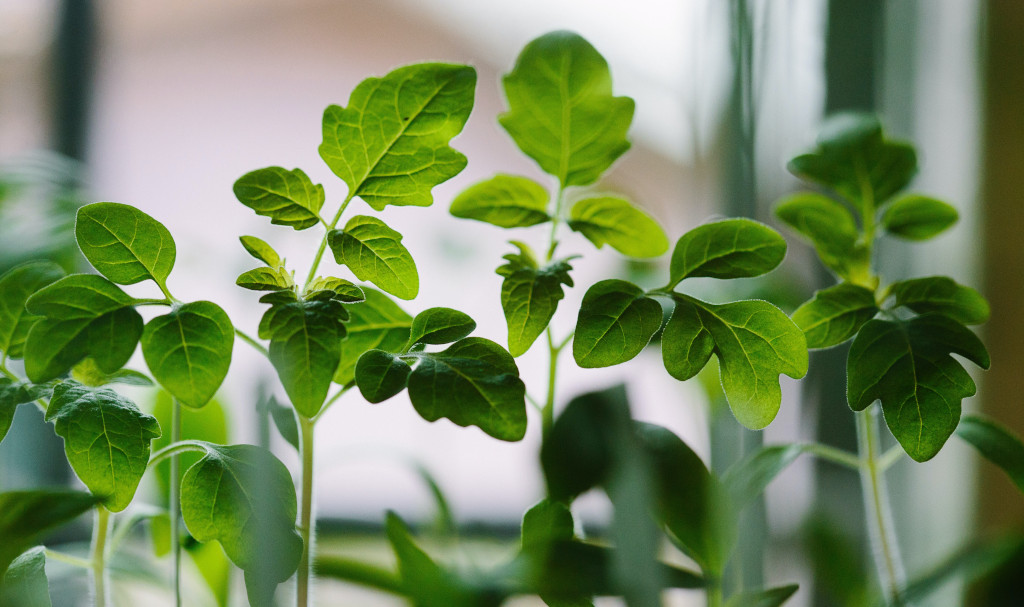[ad_1]

AsianScientist (Jan. 6, 2021) – We’ve all heard the saying: one man’s trash is another man’s treasure. True enough, researchers from Japan have found that liquid fertilizer for space agriculture could be produced from human waste—specifically, urine. Their findings were published in the New Journal of Chemistry.
As proven by rise of Tesla’s SpaceX program and the popularity of Hollywood releases like Interstellar, humankind is fascinated by life beyond Earth. Almost every year, news of habitable planets often makes headlines worldwide. While exploring distant worlds may seem exciting, even nearby astronomical bodies like the Moon and Mars are currently unfit for human life. For instance, both lack an atmosphere with breathable air and have sub-zero surface temperatures.
However, self-sufficiency is by far the biggest challenge facing long-term settlement on other planets or even isolated environments like the International Space Station. Given the vast distance between these locales and Earth, human colonies must be able to survive on their own over long periods of time, meaning that food and even building materials would have to be grown in space.
To allow humans to boldly go where no man has gone before, researchers from the Tokyo University of Science are aiming to make safe and sustainable space agriculture a reality. As it turns out, the secret to growing food in space may literally be found in the toilet.
For thousands of years, farmers have used animal waste, including urine, as a fertilizer due to its rich nitrogen content in the form of ammonia. In space, human urine could serve the same purpose—simultaneously addressing the problem of human waste management in extraterrestrial colonies. Realizing this, Associate Professor Norihiro Suzuki and his colleagues developed a technique to extract ammonia from an artificial urine sample.
“This process is of interest from the perspective of making a useful product (ammonia) from a waste product (urine) using common equipment at atmospheric pressure and room temperature,” explained Suzuki.
The team’s experimental setup comprised of a reaction cell with a boron-doped diamond electrode and a titanium dioxide photocatalyst on one side, and a platinum electrode on the other. When a current passes through the reaction cell, urea—the main nitrogen-containing compound in urine—oxidizes to form ammonium ions. The researchers also examined the effect of the photocatalyst on the reaction’s efficiency, finding that more ammonium ions were formed with the photocatalyst in place.
“We are planning to perform the experiment with actual urine samples, because it contains not only primary elements (phosphorus, nitrogen, potassium) but also secondary elements (sulfur, calcium, magnesium) that are vital for plant nutrition,” concluded Suzuki. “It will turn out to be useful for sustaining long-term stays in extremely closed spaces such as space stations.”
Though living on the Moon or Mars is a distant reality for now, their research offers hope that humans may someday call planets in galaxies far, far away home.
The article can be found at: Suzuki et al. (2020) Formation of Ammonium Ions by Electrochemical Oxidation of Urea With a Boron-doped Diamond Electrode.
———
Source: Tokyo University of Science; Photo: Francesco Gallarotti/Unsplash.
Disclaimer: This article does not necessarily reflect the views of AsianScientist or its staff.
[ad_2]
Source link